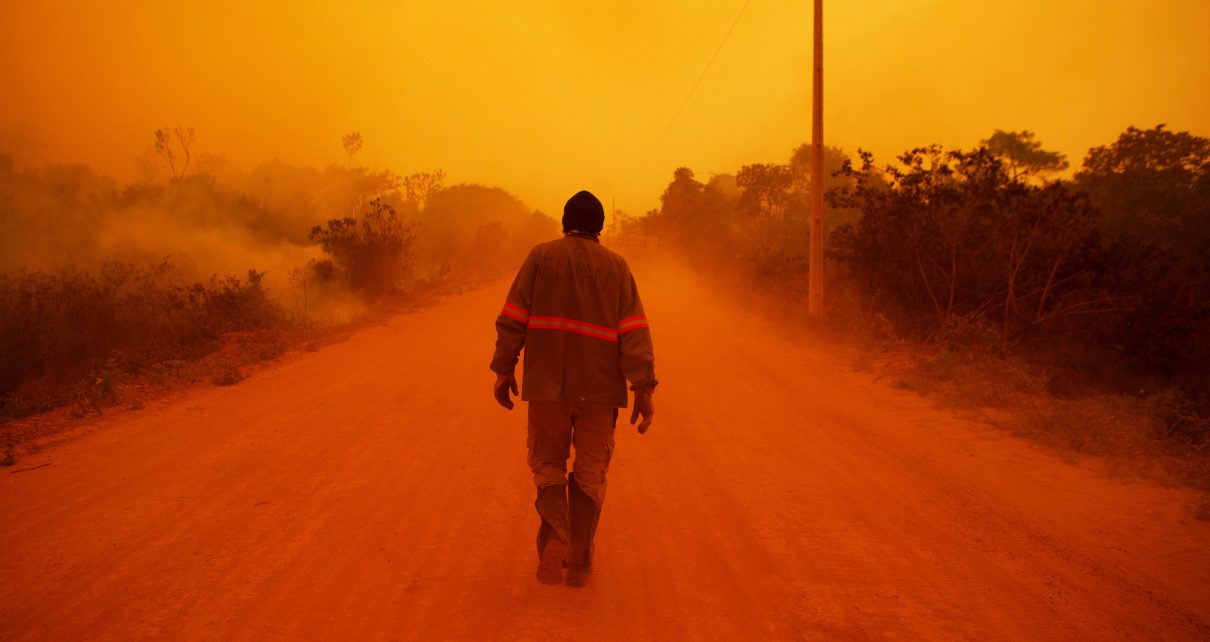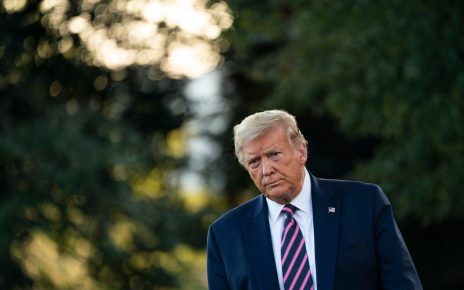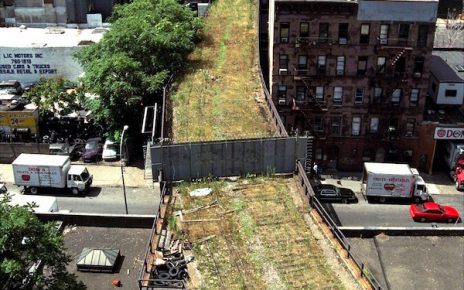When Luciana Leite arrived in the Pantanal on 2 September, she thought she would be celebrating her wedding anniversary. Instead, the biologist and her husband spent their eight-day planned holiday aiding volunteers and firefighters struggling to extinguish the burning landscape.
A common destination for ecotourists, the Pantanal is the world’s largest tropical wetland, home to Indigenous peoples and a high concentration of rare or endangered species, such as jaguars and giant armadillos. Small fires occur every year in the region, which sprawls over parts of western Brazil and extends into Bolivia and Paraguay.
But 2020’s fires have been unprecedented in extent and duration, researchers say. So far, 22% of the vast floodplain—around 3.2 million hectares—has succumbed to the flames, according to Renata Libonati, a remote-sensing specialist at the Federal University of Rio de Janeiro, Brazil, whose data are being used by firefighters to plan containment. That’s more than twice the area that has burnt in the record-breaking fires in California this year.
Scientists worry that the extreme blazes will profoundly alter the already fragile ecosystem of the Pantanal, and that research programmes investigating the region’s ecology and biodiversity will never recover.
“It’s apocalyptic,” says Leite, who studies humanity’s relationship with nature at the Federal University of Bahia in Salvador, Brazil. “It is a tragedy of colossal proportions.”
Scorched earth
Unlike in the nearby Amazon Rainforest, vegetation in the Pantanal has evolved to coexist with fire — many plant species there require the heat from fires to germinate. Often caused by lightning strikes, those natural fires tend to spring up at the end of the dry season, in September. They run out of fuel quickly, and the surrounding floodplains prevent them from spreading.
What’s different this season is that the region is facing its worst drought in 47 years, says Luisa Diele-Vegas, a Brazilian ecologist at the University of Maryland in College Park. And 2019’s fires were also intense, contributing even further to the unusually dry conditions and exacerbating the fire risk this year.
The desiccated vegetation was perfect tinder for fires intentionally set by ranchers clearing land for their cattle. But some of those fires got out of control, adding to the wildfire damage, says Diele-Vegas.
In July, Brazilian President Jair Bolsonaro announced a 120-day moratorium on setting fires in the Amazon and the Pantanal. However, those regulations were not strictly enforced, says José Marengo, a climatologist at the National Center for Monitoring and Early Warning of Natural Disasters in São Paulo. According to news reports, the Bolsonaro government, which has a reputation for being unfriendly towards environmental regulations, reduced the number of environmental inspectors and blocked funding for fire prevention this year.
What worries scientists further is that this year’s fire season might not be an isolated incident. Climate modelling suggests that the Pantanal could become hotter and drier, with a rise in temperature of up to 7 ºC by the end of the century. Unpublished data from Diele-Vegas project an even grimmer outlook: by 2050, if climate-change trends continue, annual mean temperatures in the Pantanal could increase by 10.5%, and the annual volume of rain could decrease by 3%.
According to Marengo, these changes could lead to a collapse of the Pantanal’s current vegetation, making it even more susceptible to fires, and could push the region to transform into a different type of ecosystem.
A race against the flames
One of the biggest losses in this year’s fires is the region’s wildlife, says Douglas Morton, a remote-sensing specialist at NASA’s Goddard Space Flight Center in Greenbelt, Maryland, who has studied fires and deforestation across Brazil for two decades. Many creatures thrive in the mosaic landscape of the Pantanal, which includes flooded areas, grasslands, lakes and forests. Scientists have so far documented more than 580 species of bird, 271 of fish, 174 mammals, 131 reptiles and 57 amphibians in the region. “My lasting memory from being in the Pantanal is the cacophony of life,” Morton says. “To me, that’s what’s so heart wrenching about seeing the extent of fires.”
The flames have also breached five territories in the Pantanal where Indigenous communities live. More than 80% of the land in each of the three most affected—Baía dos Guató, Perigara and Tereza Cristina—has been consumed by fire.
A number of locals have jumped in to rescue as many animals as possible from the flames and smoke. Eduarda Fernandes Amaral, who works as a guide in the Encontro das Águas State Park, is among them. As of 20 September, more than 83% of the park, which is home to a large number of jaguars, capybaras and alligators, had been destroyed.
In the past month, a team including Fernandes Amaral has rescued more than 20 animals, although some had to be euthanized. To deal with the situation, Fernandes Amaral and her colleagues have adopted a mantra. “When we see an animal dying, we have to look at it, be sad for two minutes and understand that there is another in need of help,” she says.
As the blazes advance, animal research in the Pantanal might also suffer. Two years ago, Diele-Vegas started a project to study the distribution of frogs, tree frogs and toads across the Pantanal, and how it might shift owing to land-use change and climate variations. But she doesn’t know whether the amphibian populations she’s monitoring will even survive the blazes.
“We are seeing our fauna and flora burning. And there’s a lot of this fauna and flora that we haven’t had time to study yet,” she says. “We are trying to race against time, but the fire is coming and taking everything down.”
After her initial trip to the Pantanal, Leite couldn’t leave it behind. She returned a few days ago to keep helping the locals. What she’s seen has convinced her that the wetlands will be forever changed.
“If climate trends, land-management trends and the current anti-environment politics persist,” says Leite, “the Pantanal as we know it will cease to exist.”
This article is reproduced with permission and was first published on September 25 2020.



